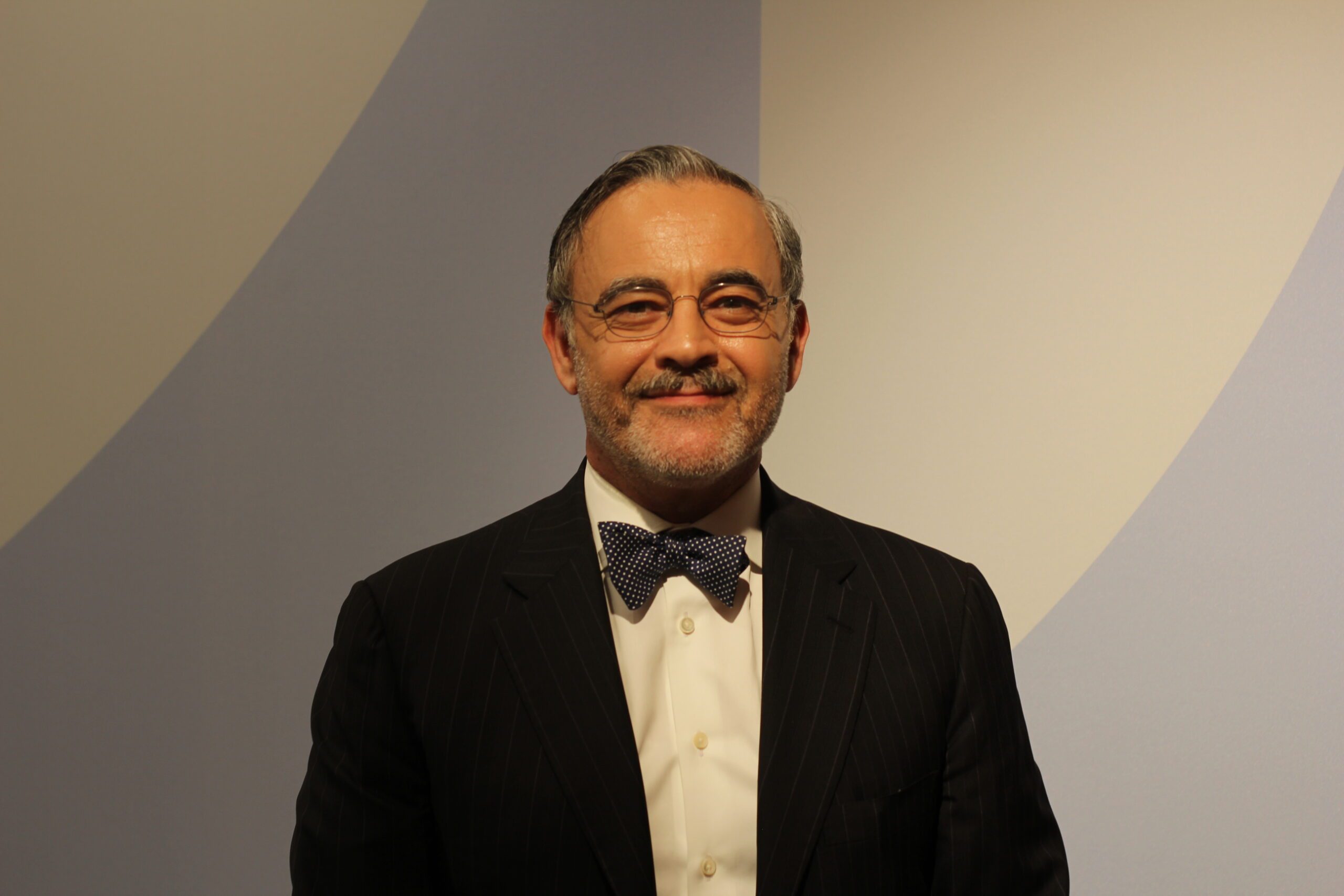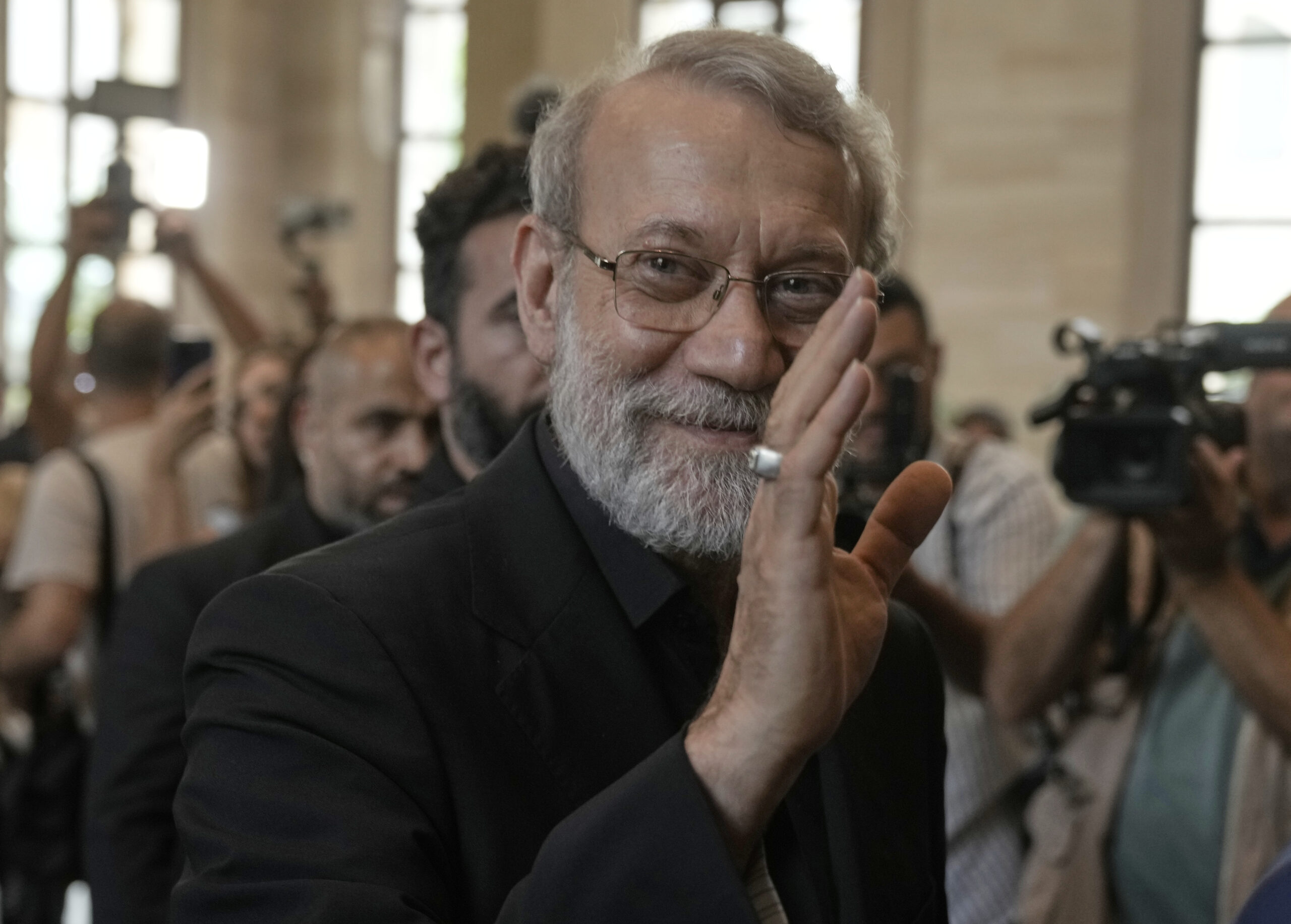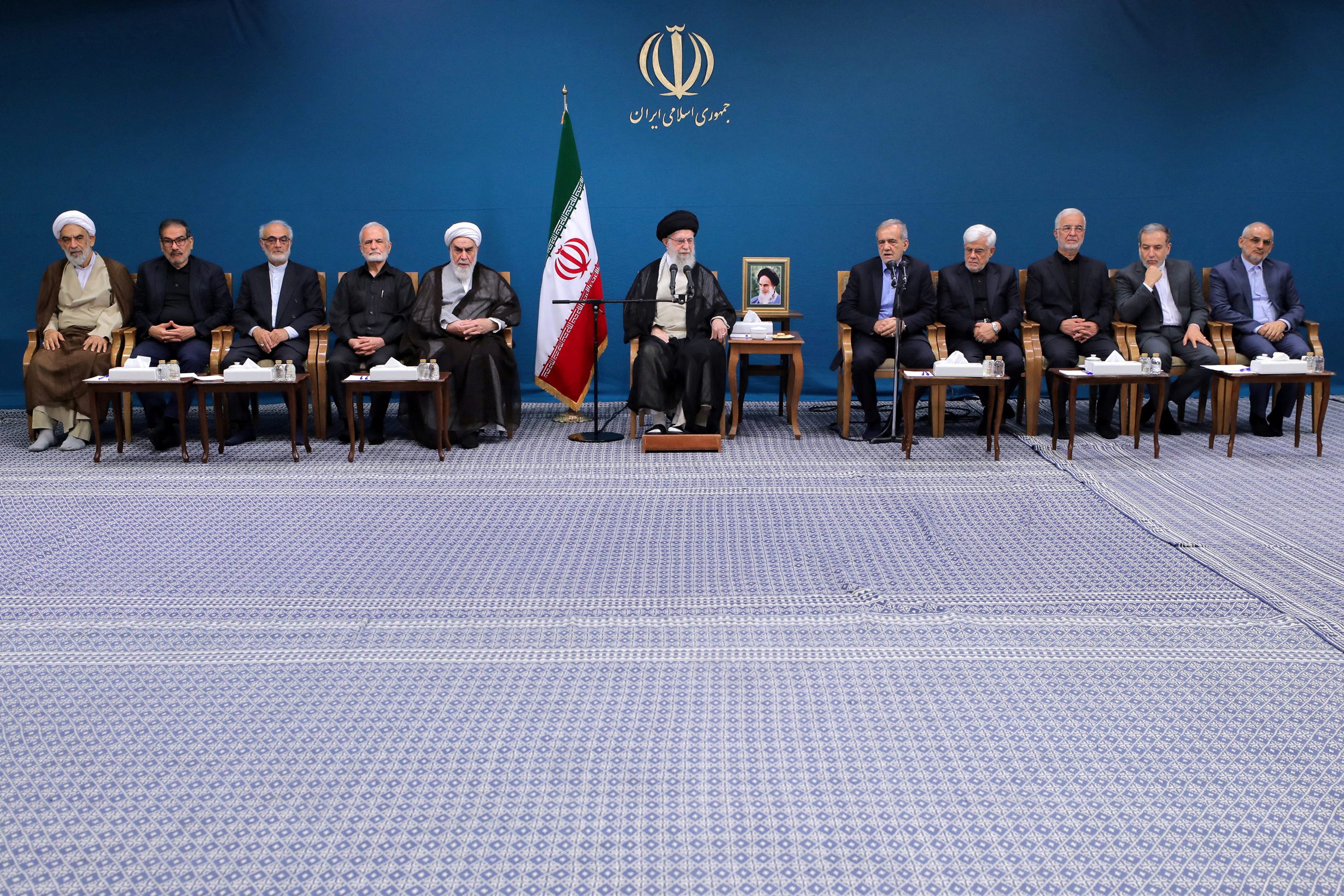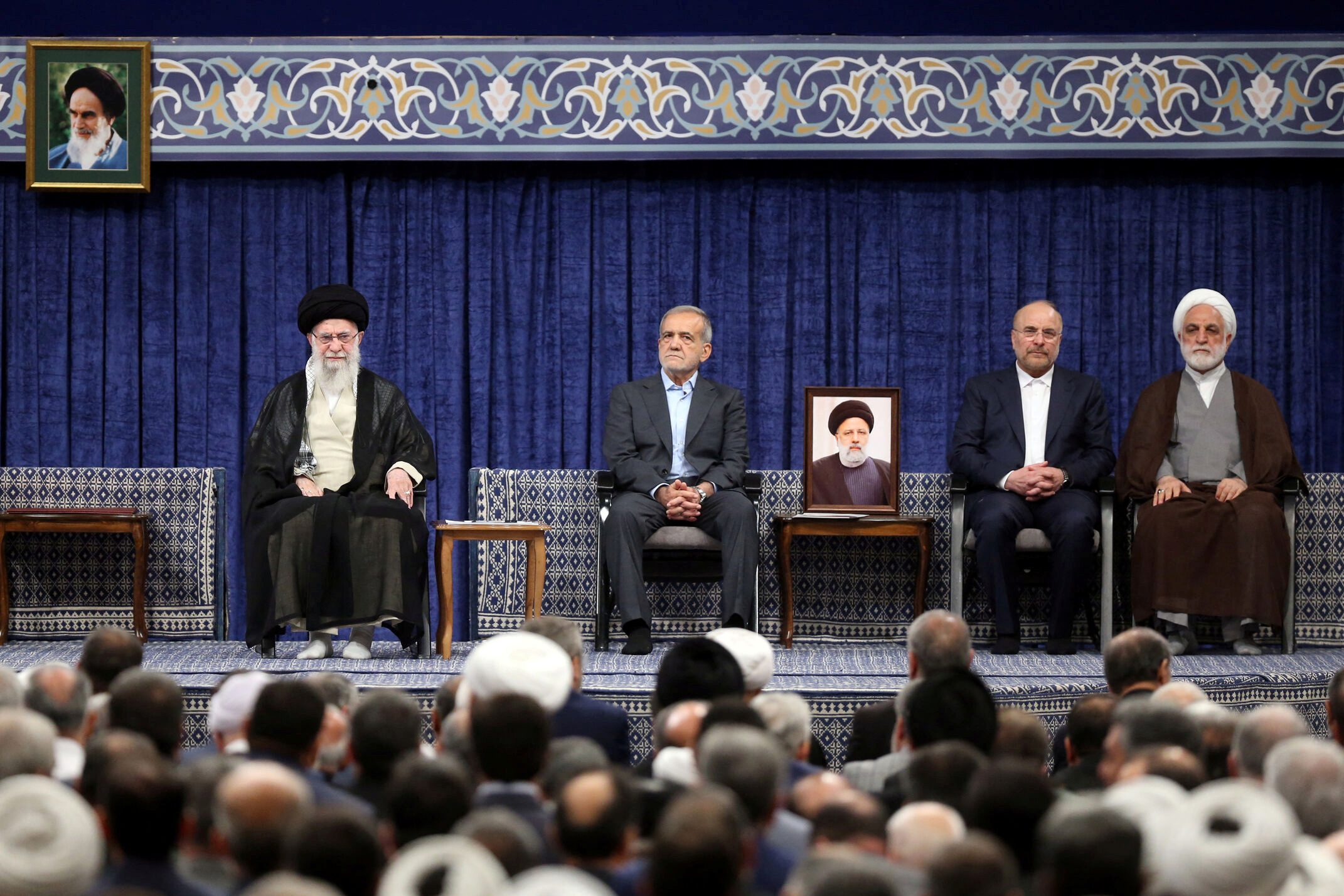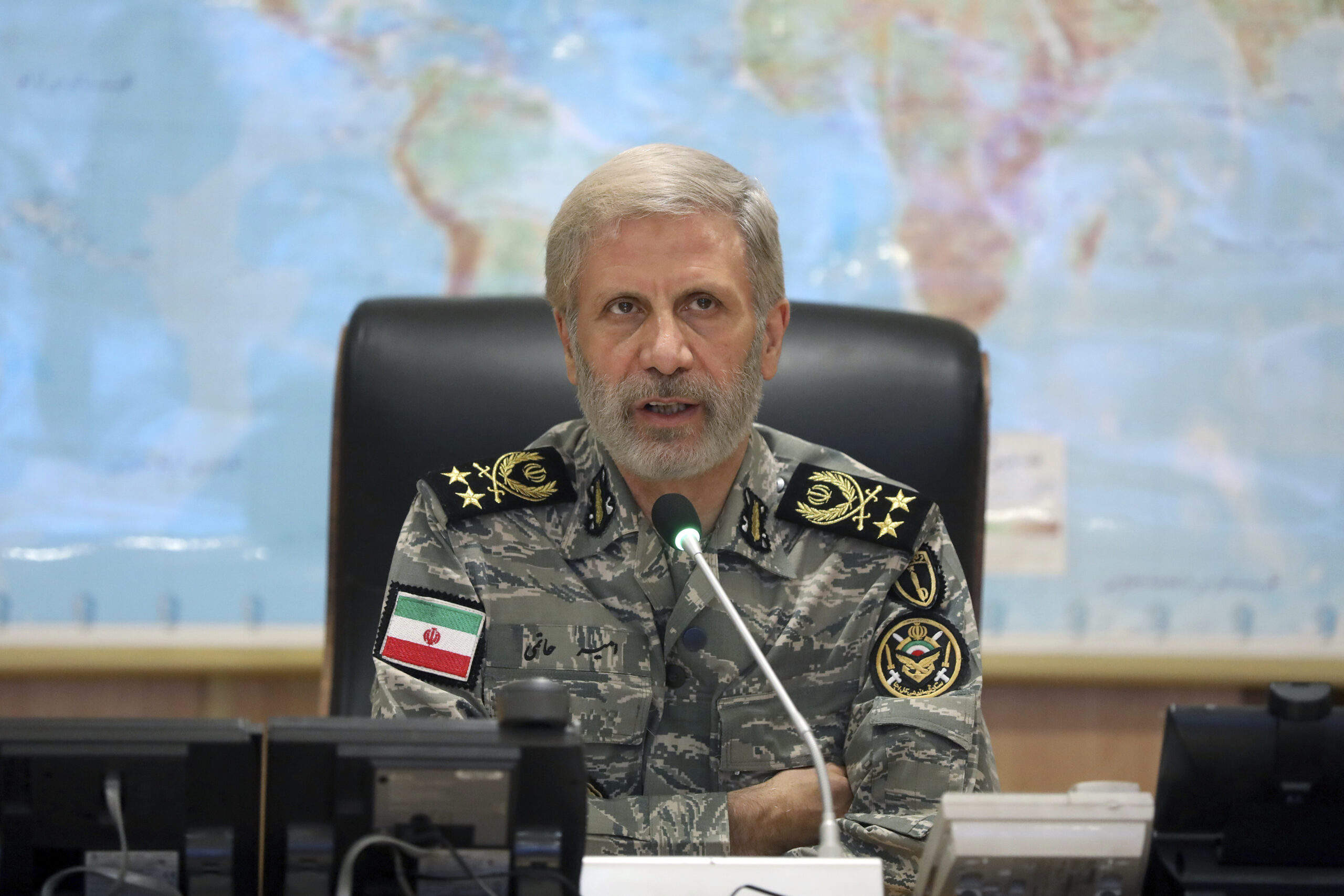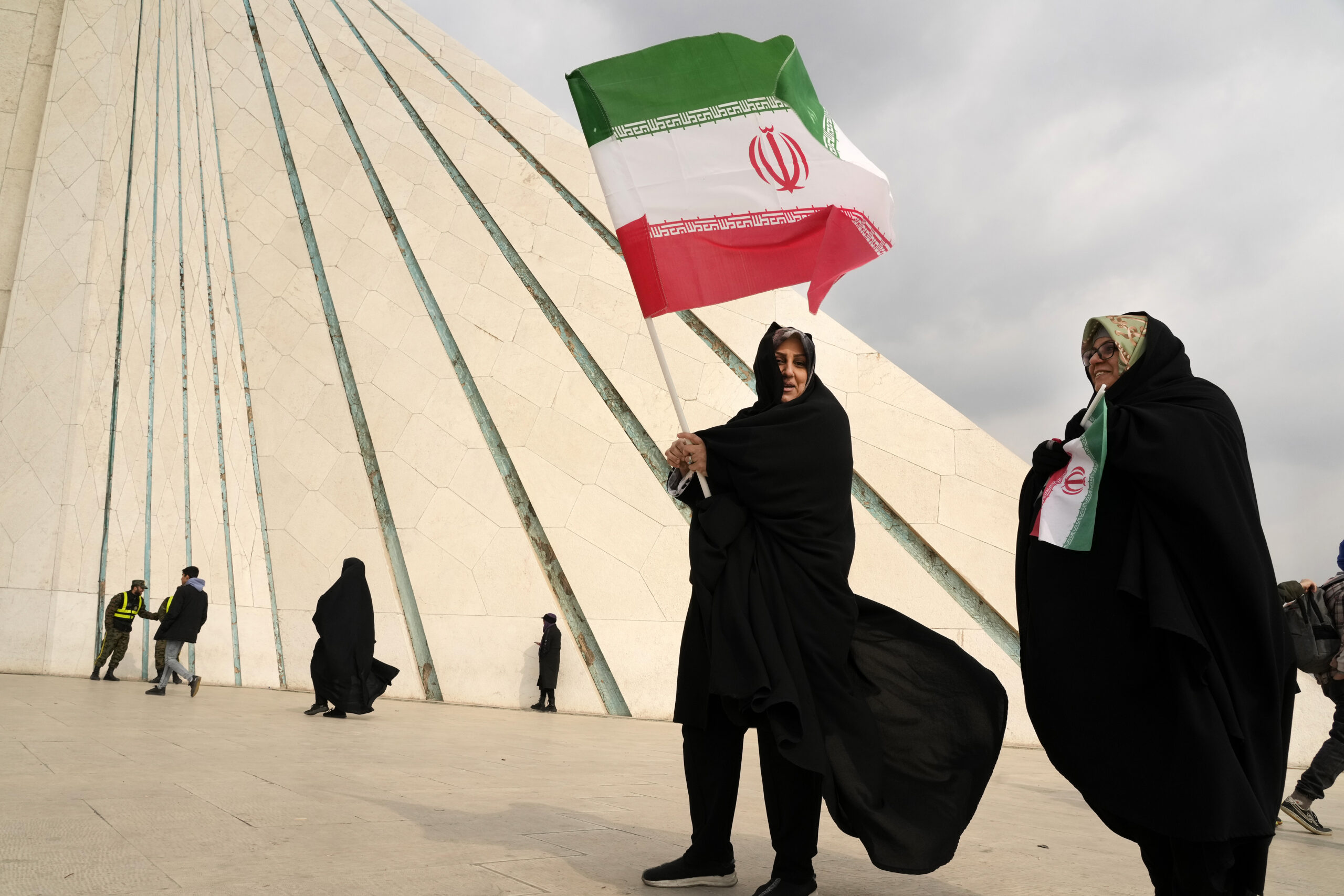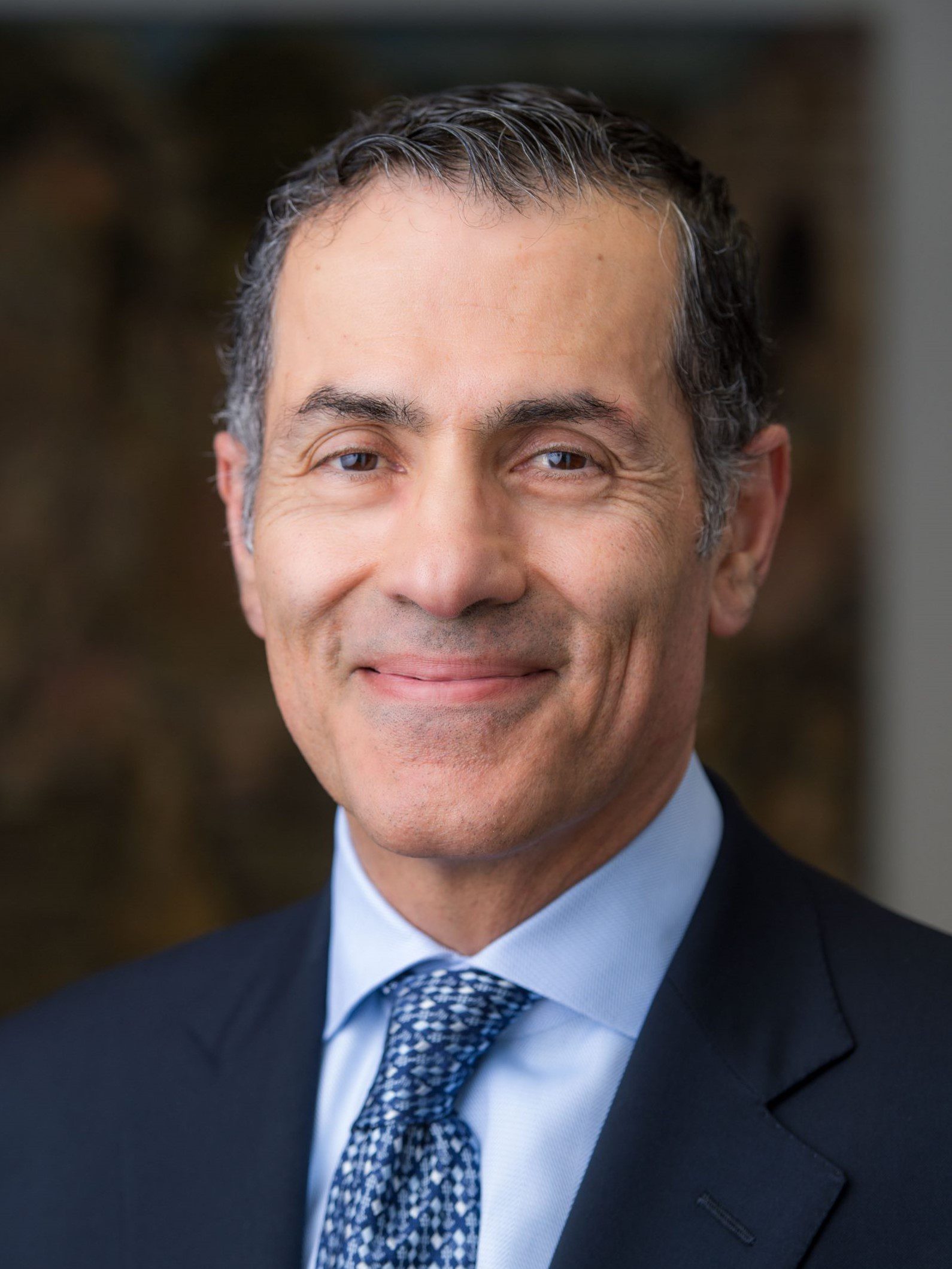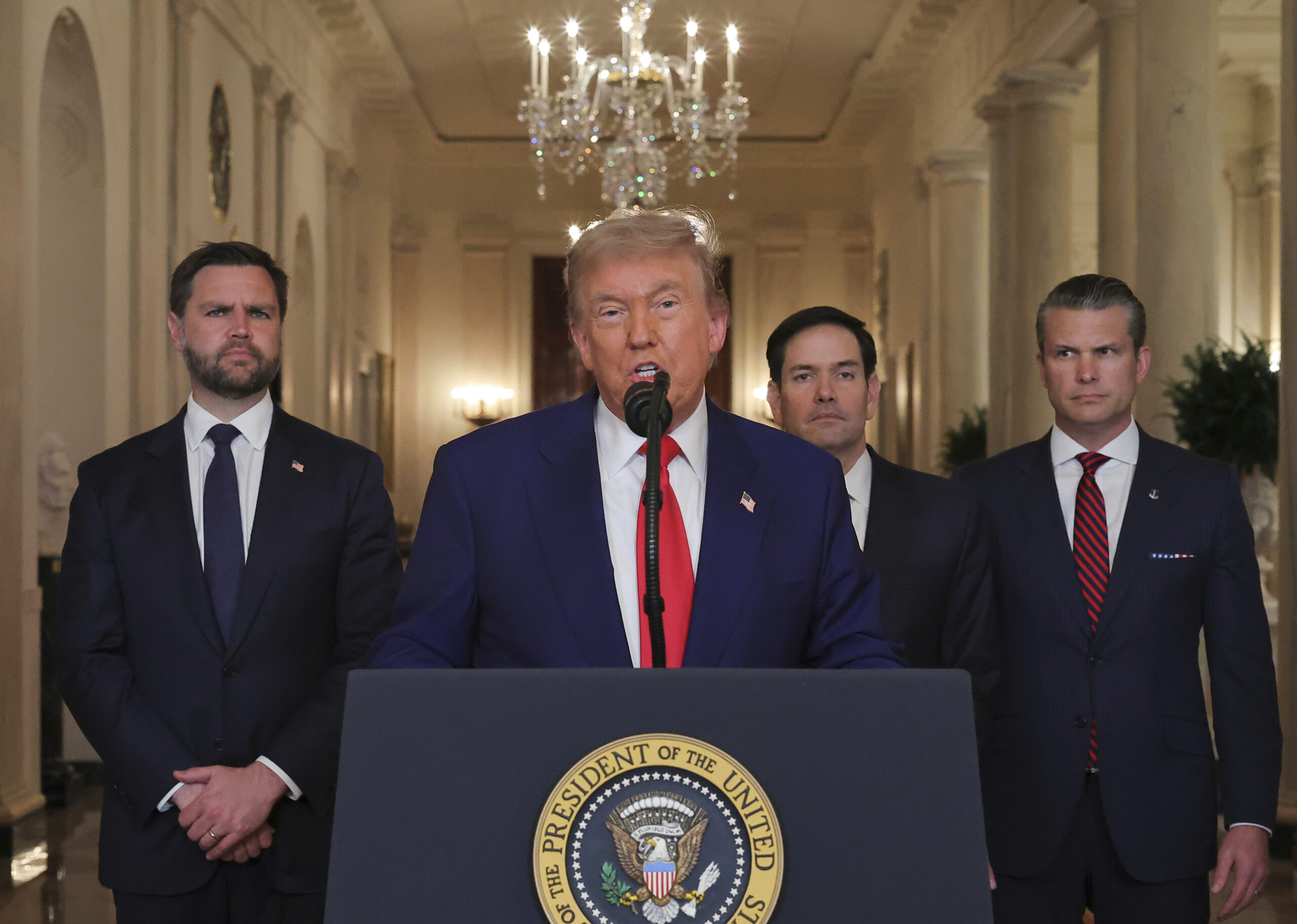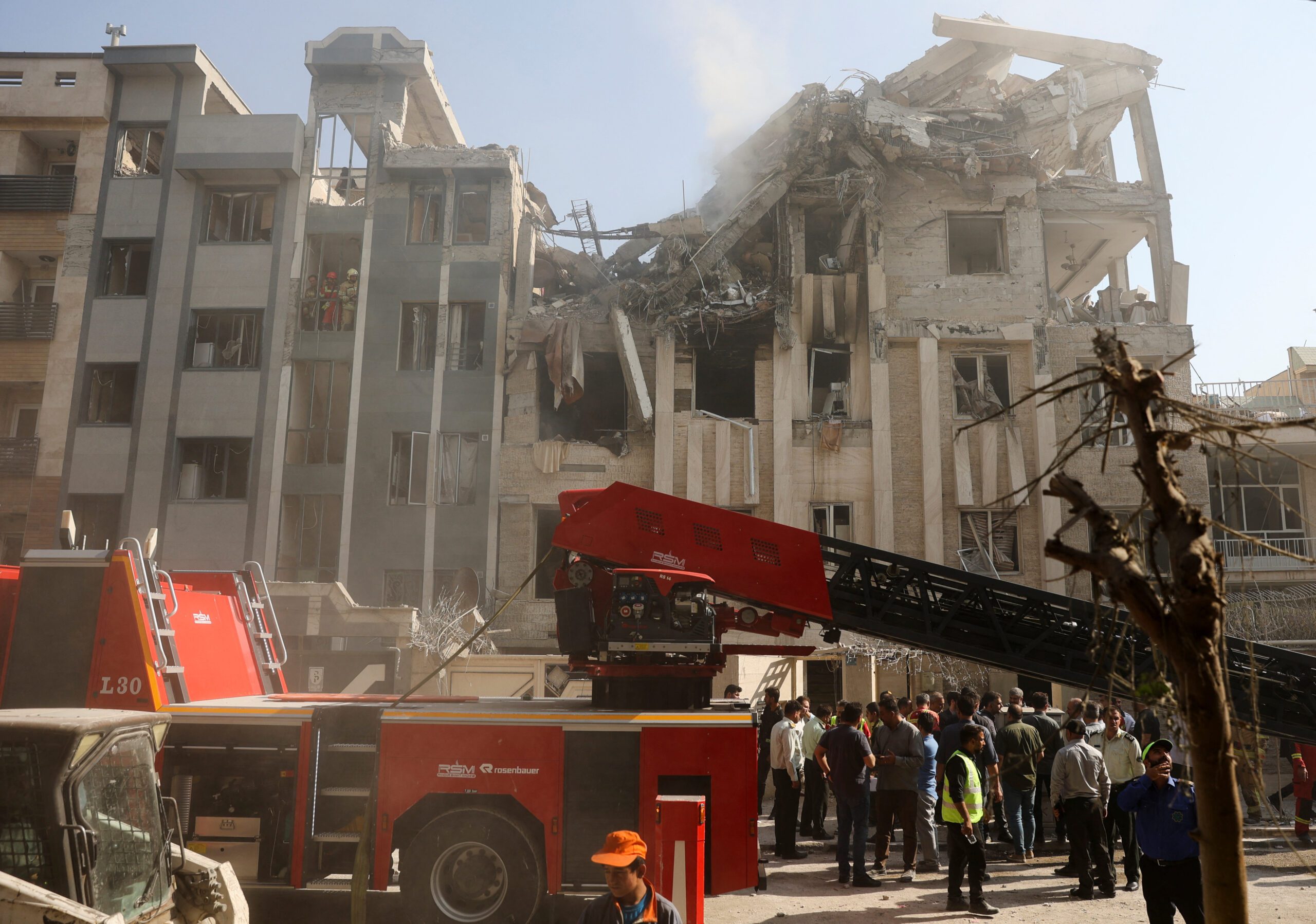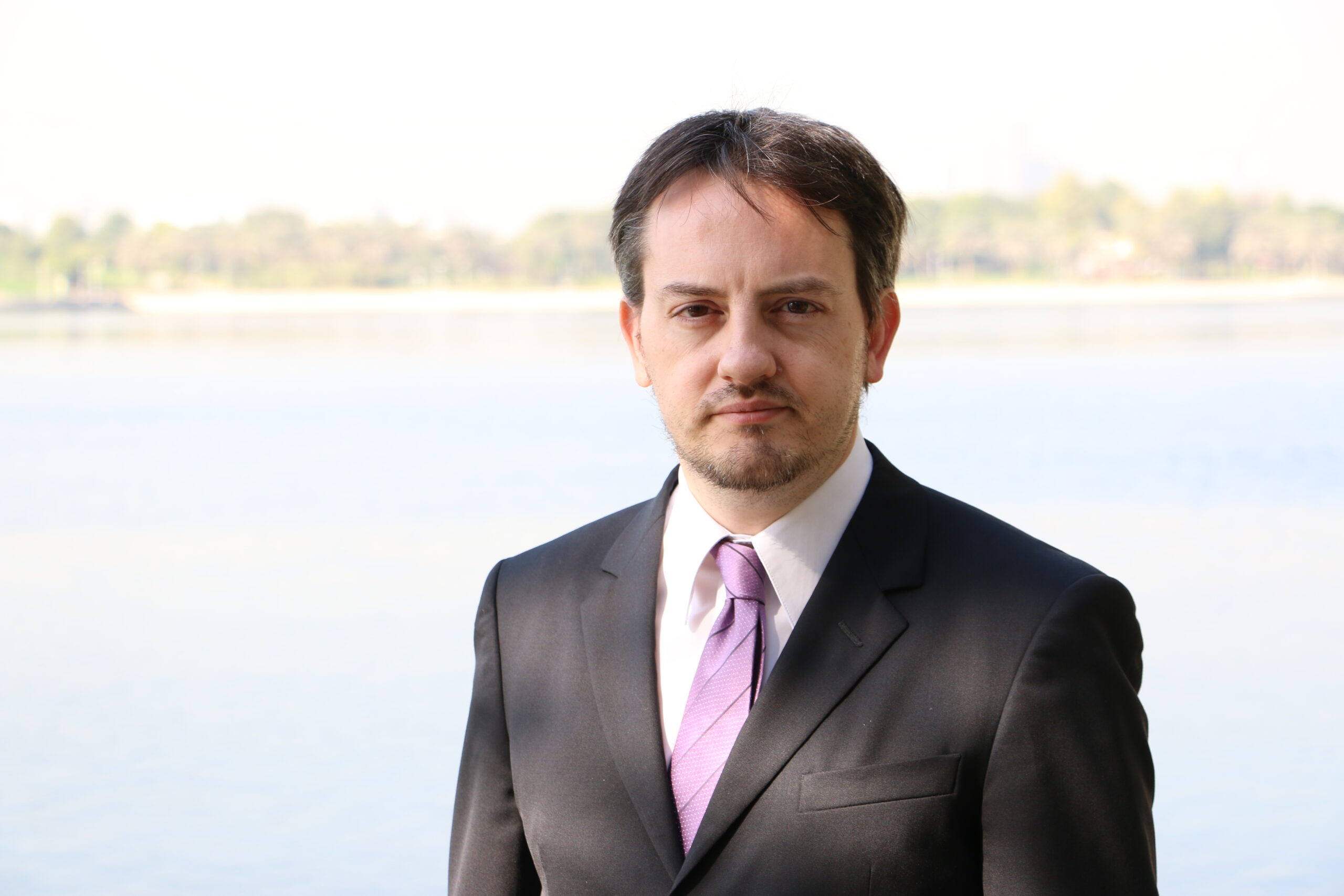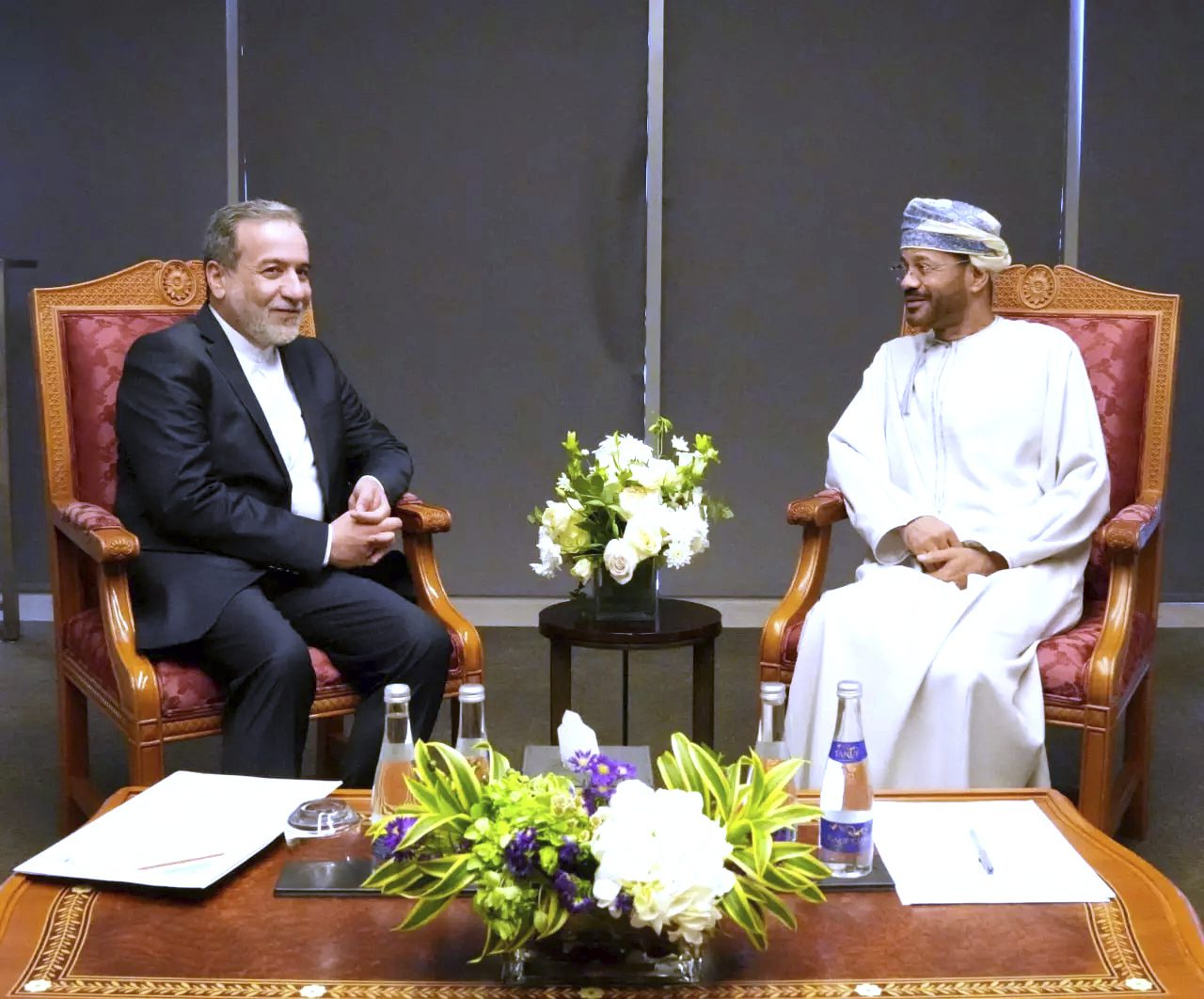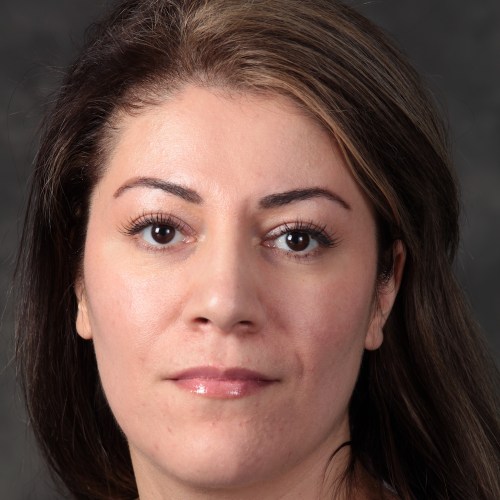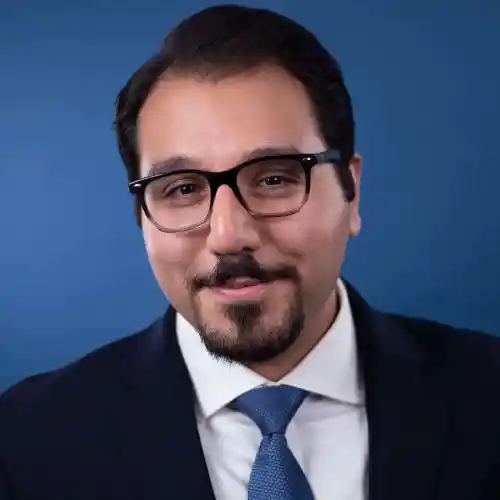Mar 7, 2023
Shargh Daily Asks Why the Currencies of Crisis-Stricken Afghanistan, Iraq, and Russia Haven’t Collapsed
The March 7 edition of the Iran Media Review assesses how different Iranian media outlets are responding to Iran’s currency crisis.
As the value of the Iranian rial fell to 600,000 against the U.S. dollar, reformist Shargh Daily asked: Why haven’t other crisis-stricken countries experienced the collapse of their national currencies? An expert interviewed by Shargh provided a range of explanations, the most important of which is the existence of parallel exchange rate markets in Iran in which the government provides select importers of foreign goods and some members of the public access to purchase foreign currency at a state-subsidized rate, while everybody else must buy foreign currency at black-market prices. This policy nurtures corruption, as it enriches the select few with access to foreign currency at the government-subsidized rate, which may explain why the policy was introduced in the first place. However, Kayhan newspaper’s editorial criticizing the Iranian media’s “one-sided focus” on fluctuations in the price of the dollar demonstrates the newspaper’s blindness to the main concern of the Iranian public: the continued slide of Iran’s currency and, thereby, most Iranians’ living standards.
- February 28: Bahaeddin Hosseini Hashemi, a banking expert, said in an interview with Shargh: “In countries where the market decides the value of foreign currencies, there is no capital flight. In these countries, there are no parallel exchange rate markets, and nobody benefits from trading in foreign currencies. Separately, Russia, which is entangled in a war, and Iraq and Afghanistan, which have faced chaos, managed to control inflation by abstaining from printing money, which is why they don’t suffer from excess liquidity as we do in Iran. Therefore, there is a balance between existing products and services … and the available liquidity, as a result of which the prices are balanced … In our country, we have for years experienced capital flight, which, among other things, is due to the existence of multiple exchange rates … Revenue from exports, which is in foreign currency, is directly sold on the black market or used to import products and sell them on the Iranian market at black-market prices.” Comparing Iran and Russia, Hosseini Hashemi continued: “In the short term, Russia has managed international sanctions against it with the help of its exchange reserves accumulated over time. Separately, the Central Bank of Russia has been strong enough to manage the economy” free of political intervention and has compelled importers of Russian oil and gas to pay in rubles. “Iran, on the other hand, can’t engage in business in rials and thereby increase demand for its national currency.”
- February 28: In an editorial, Kayhan slammed the Iranian media for its “one-sided focus on the fluctuations of the price of the dollar” and offered positive stories on the government’s “achievements” under President Ebrahim Raisi.
- March 6: According to a report from the Ports and Maritime Organization of Iran quoted by Shargh, at Imam Khomeini Port alone, “37 ships carrying 2.2 million tons of products” remain waiting due to a “lack of foreign currency” to pay for the imported products. Shargh asserted: “The Central Bank of Iran claims it is not facing any constraints concerning access to foreign currency” and is providing Iranian importers with “foreign currency at government-subsidized rates.” Shargh went on to question, if that is the case “why can’t these ships be unloaded …? Who received foreign currency at government-subsidized rates?”
The views represented herein are the author's or speaker's own and do not necessarily reflect the views of AGSI, its staff, or its board of directors.
